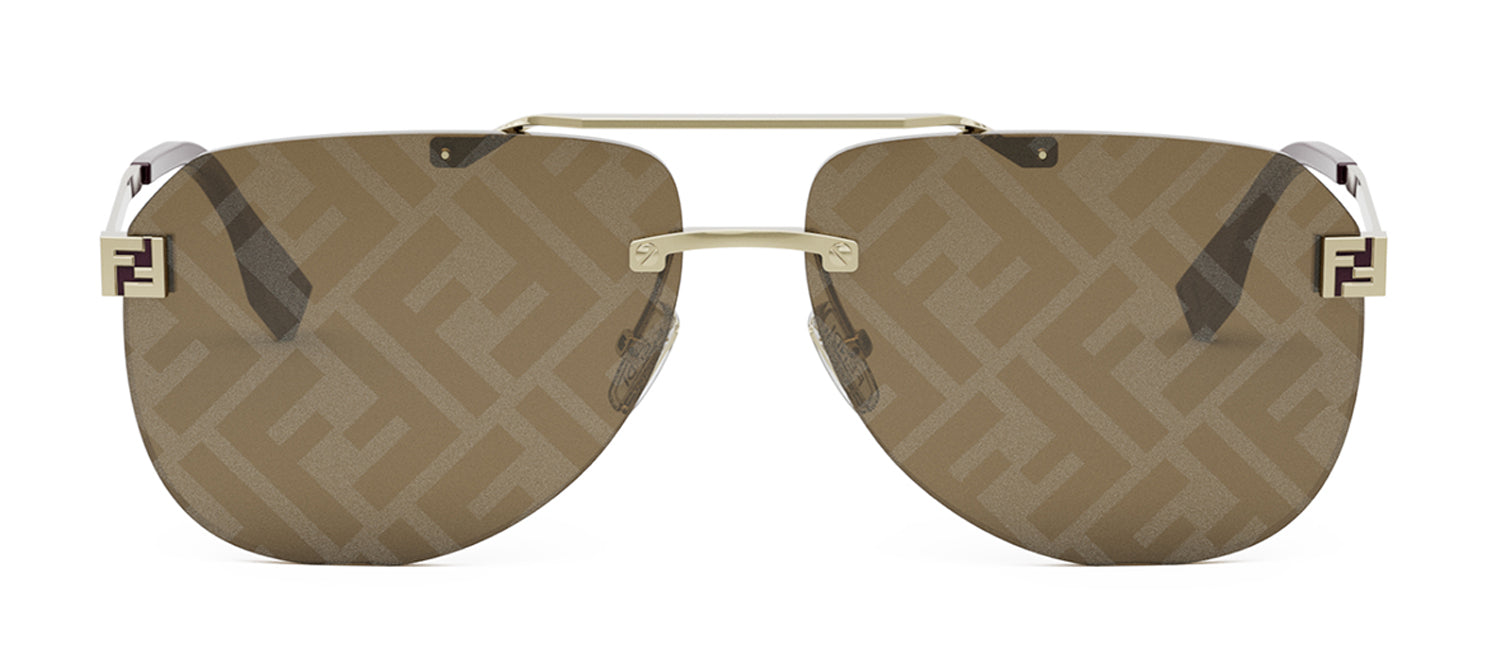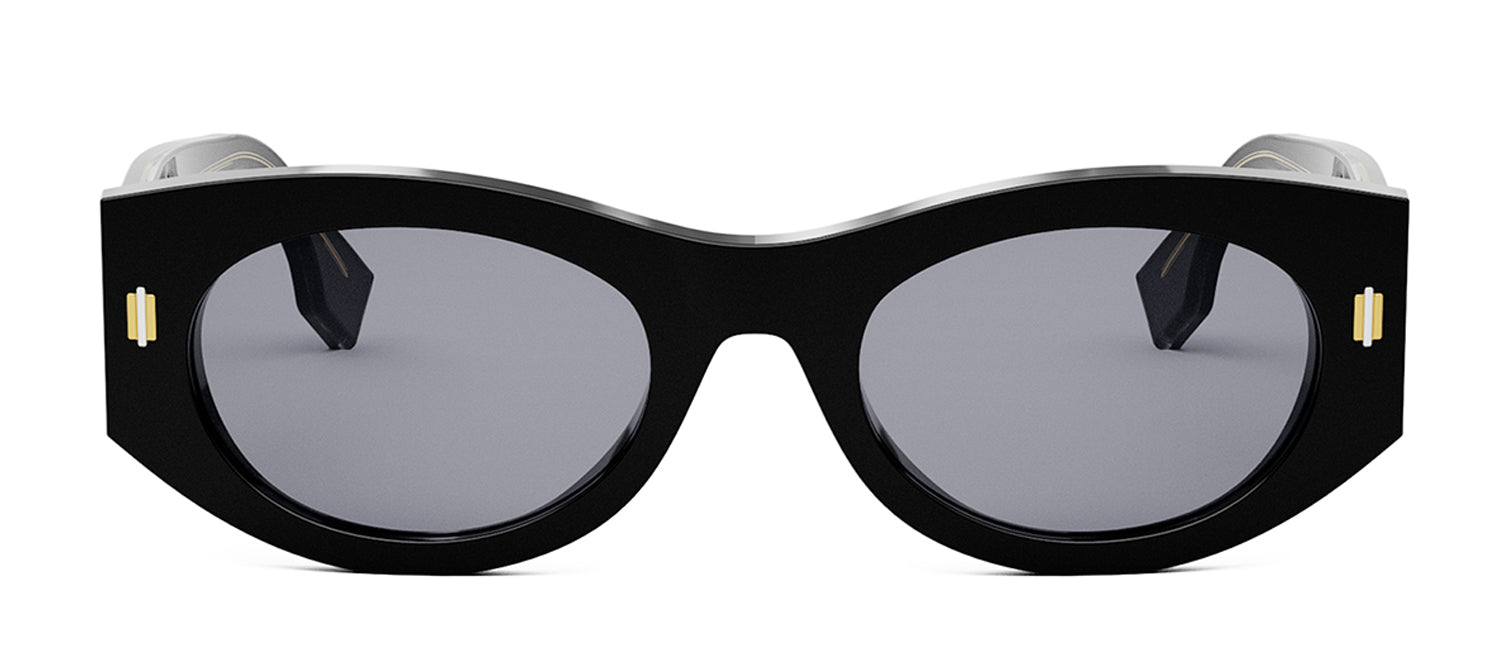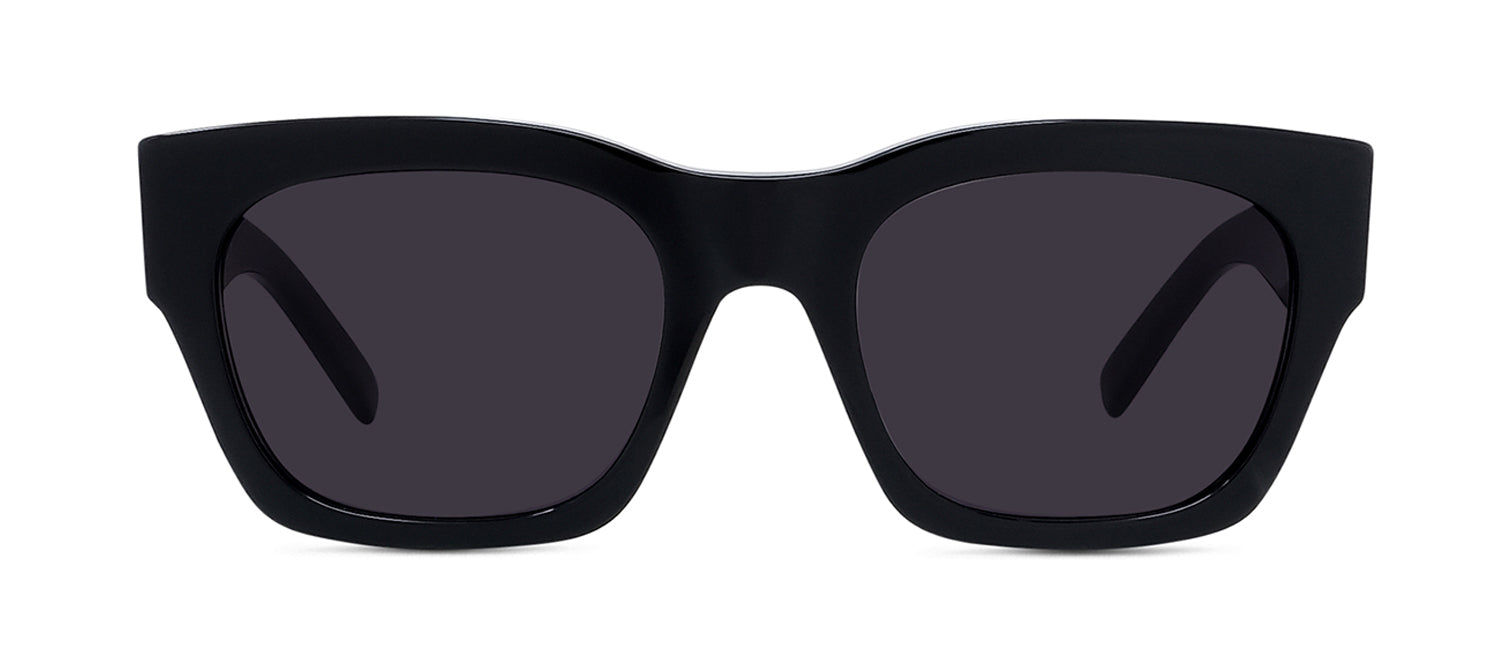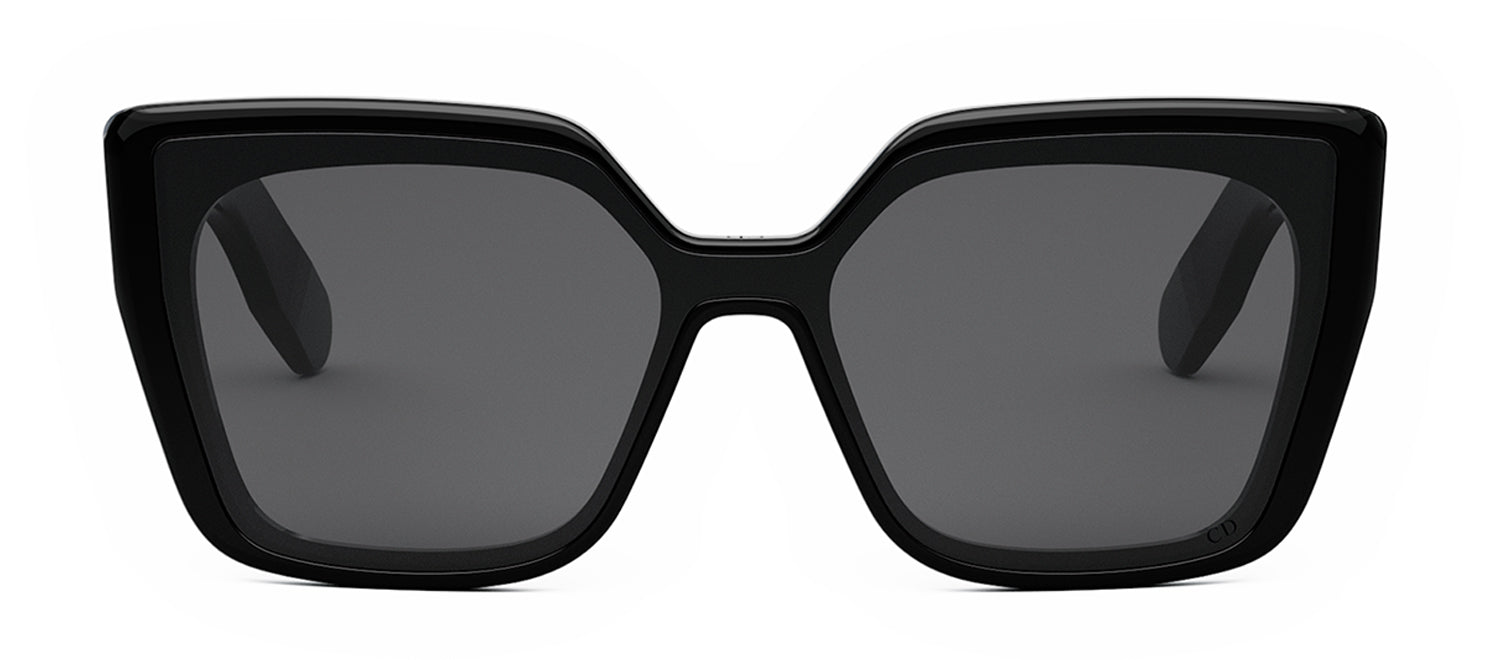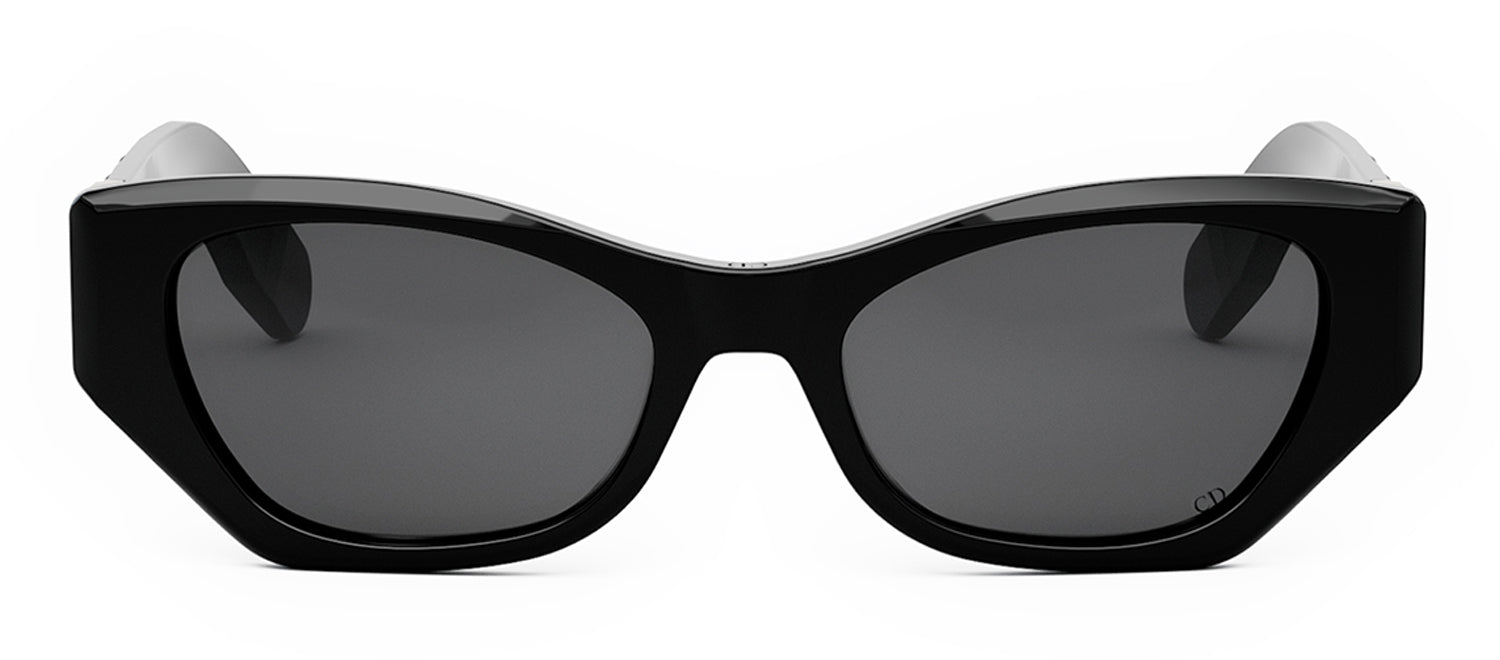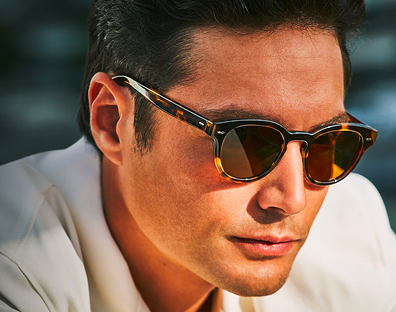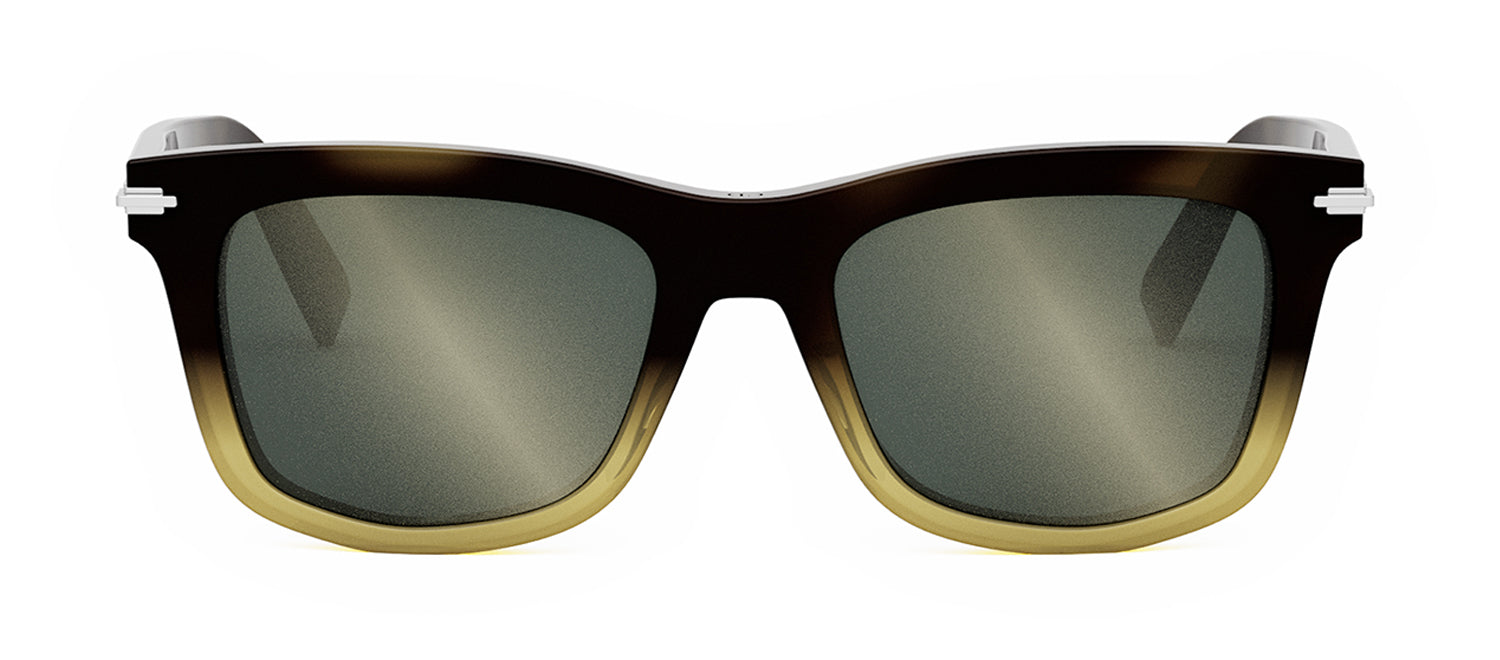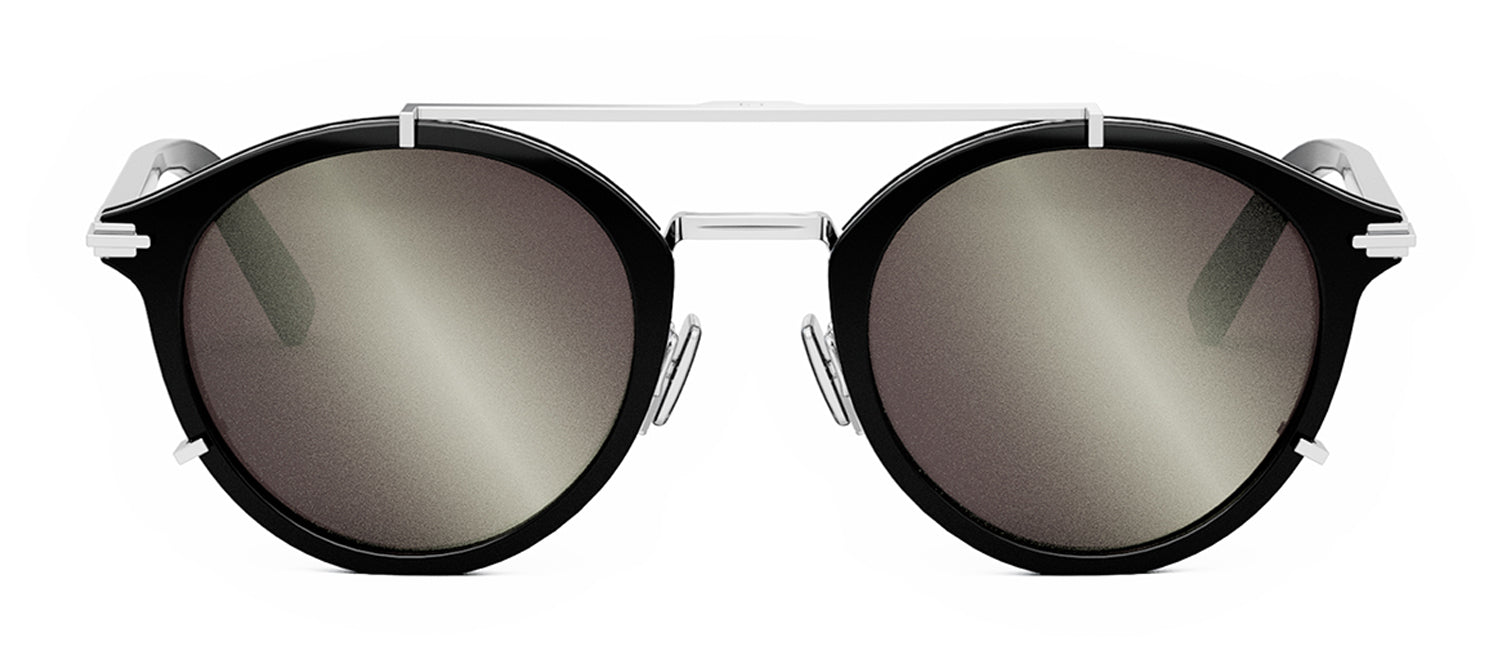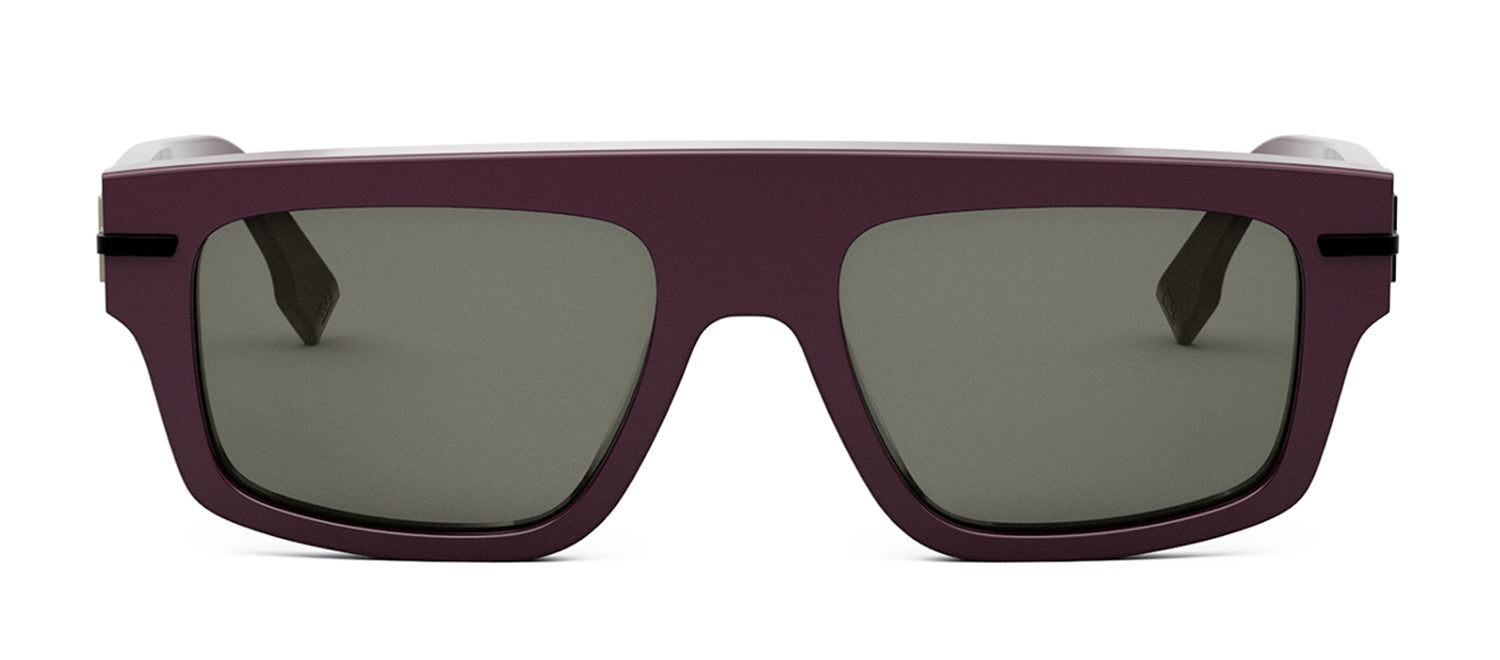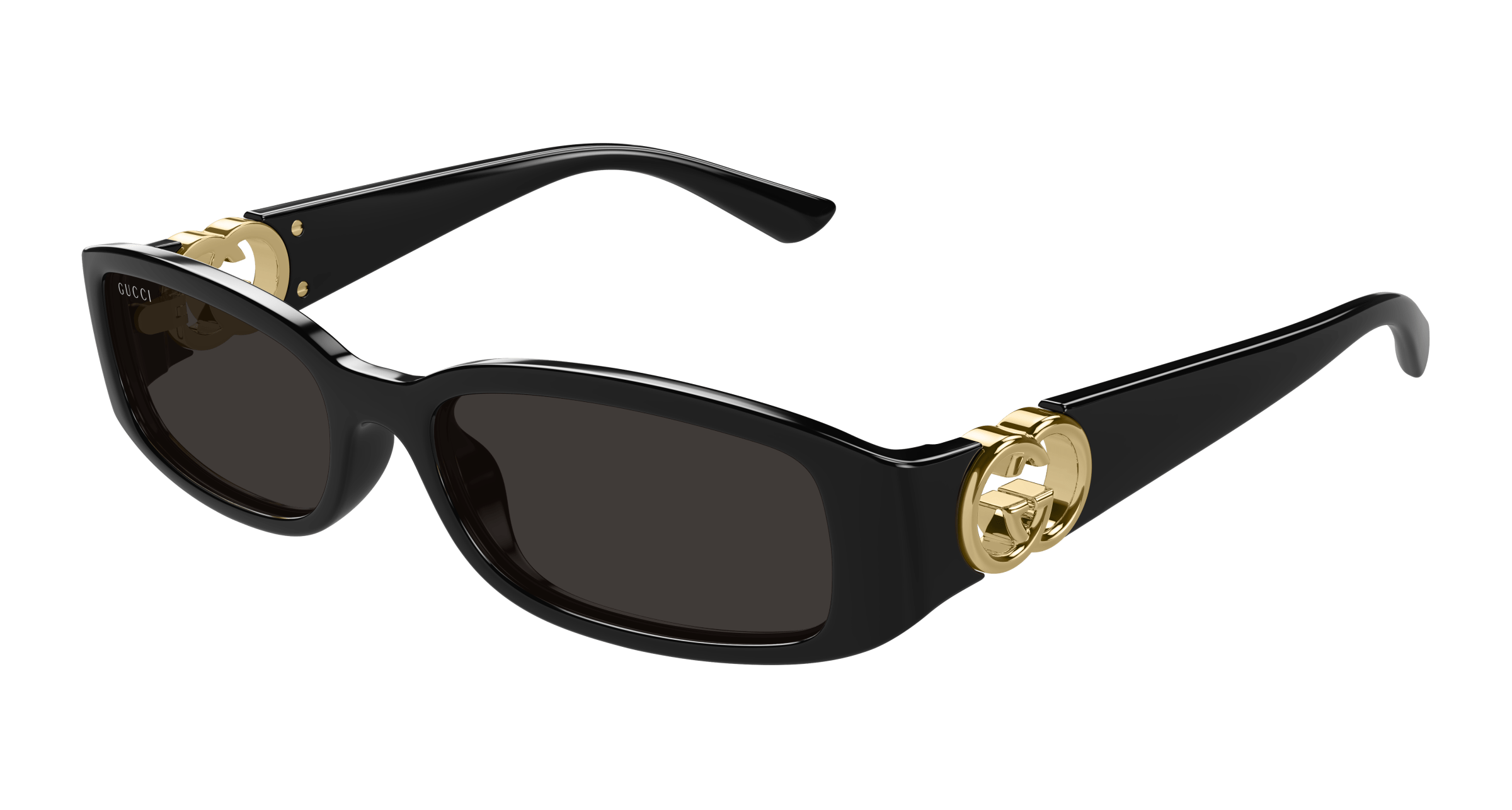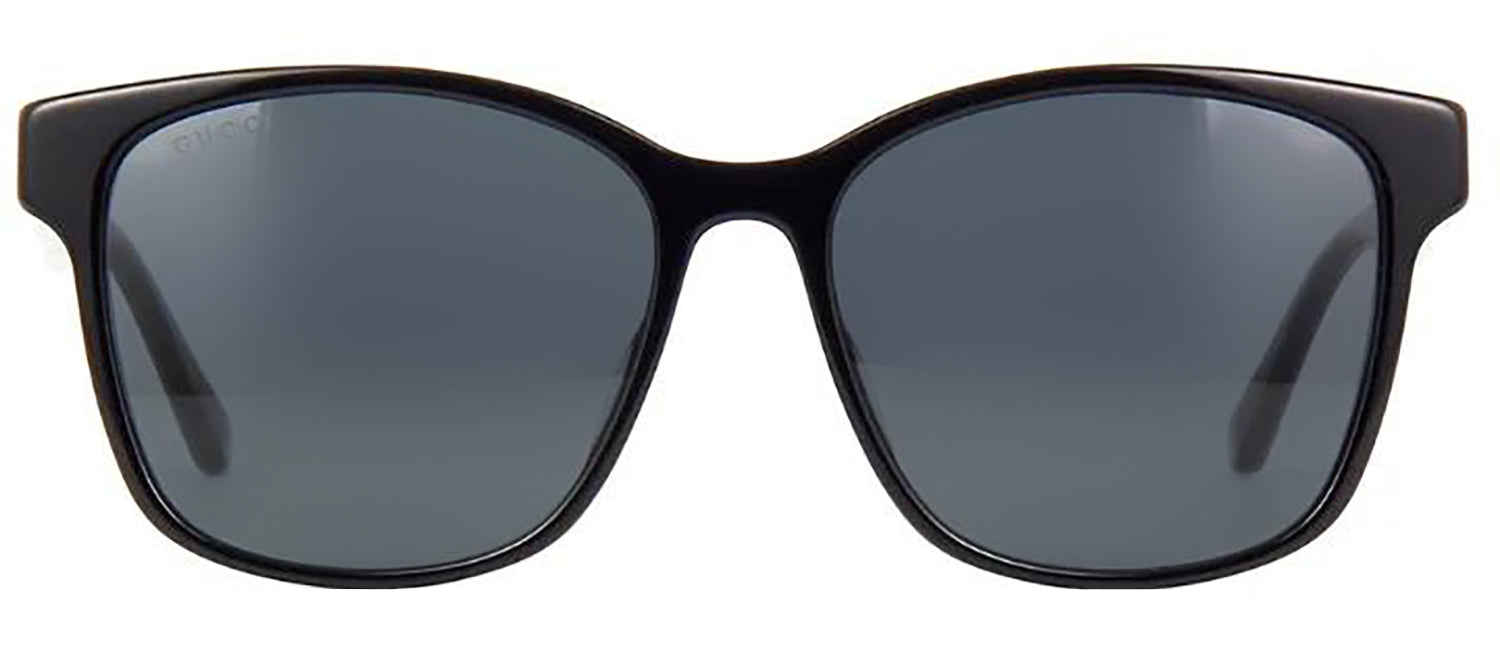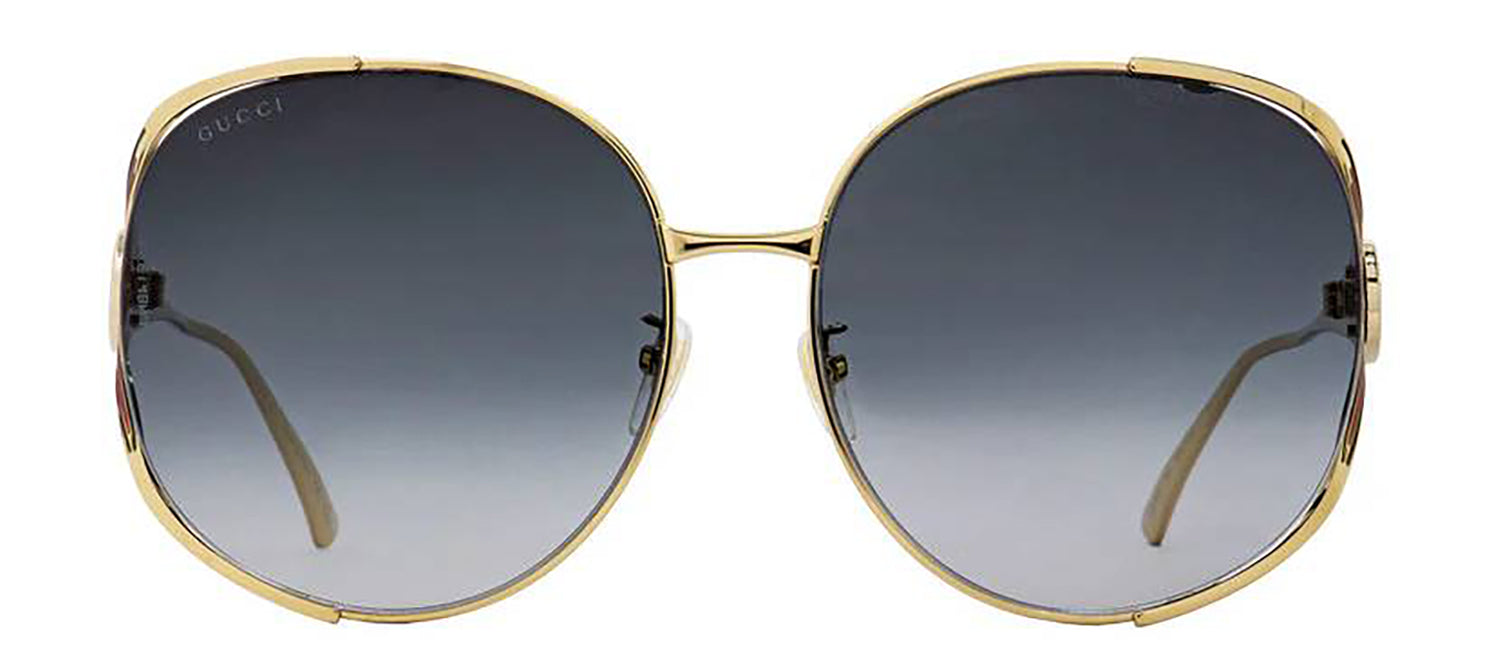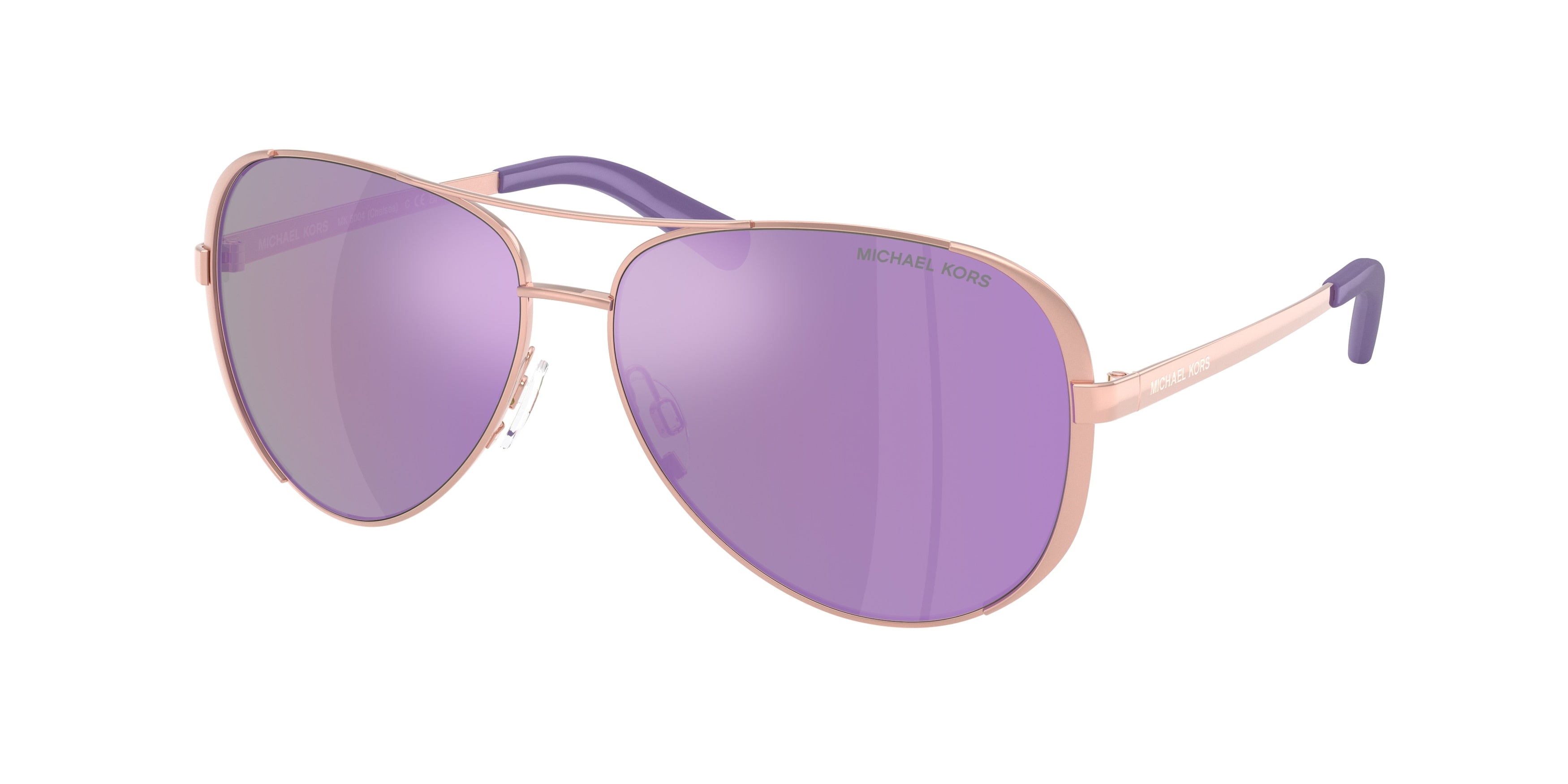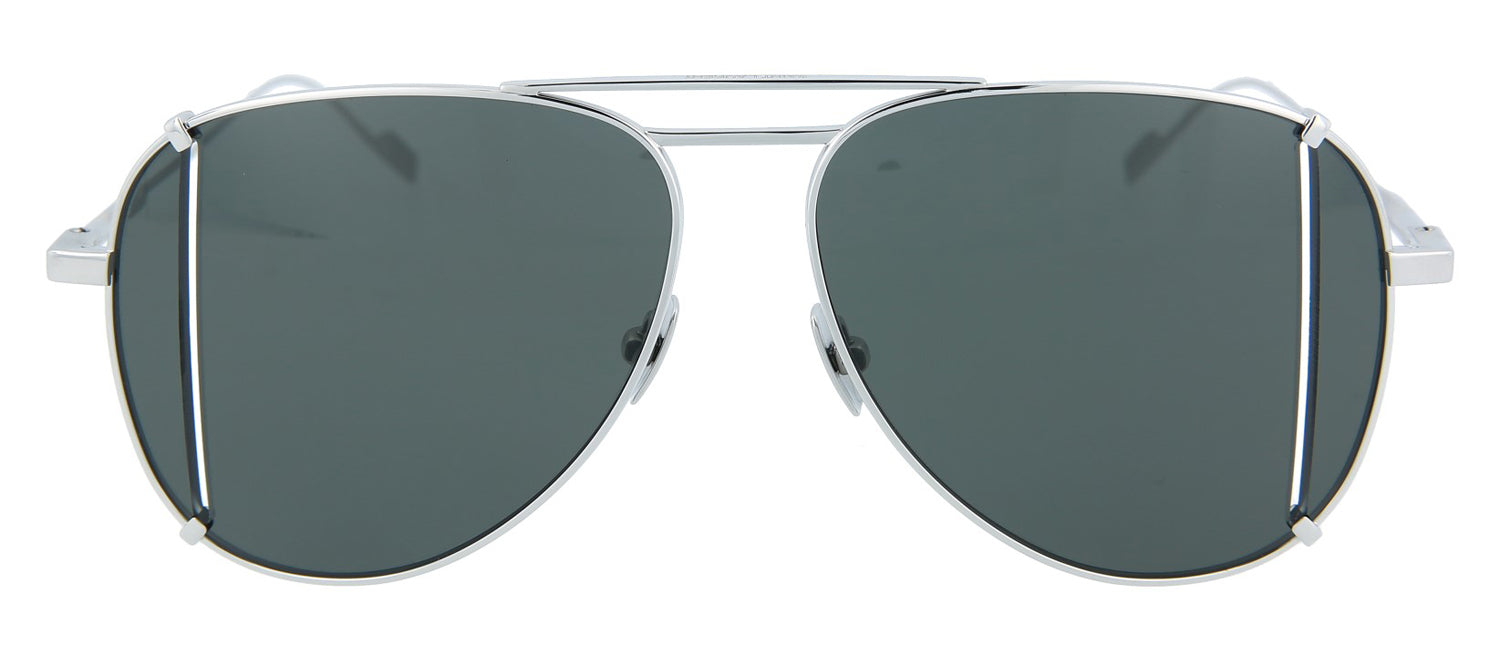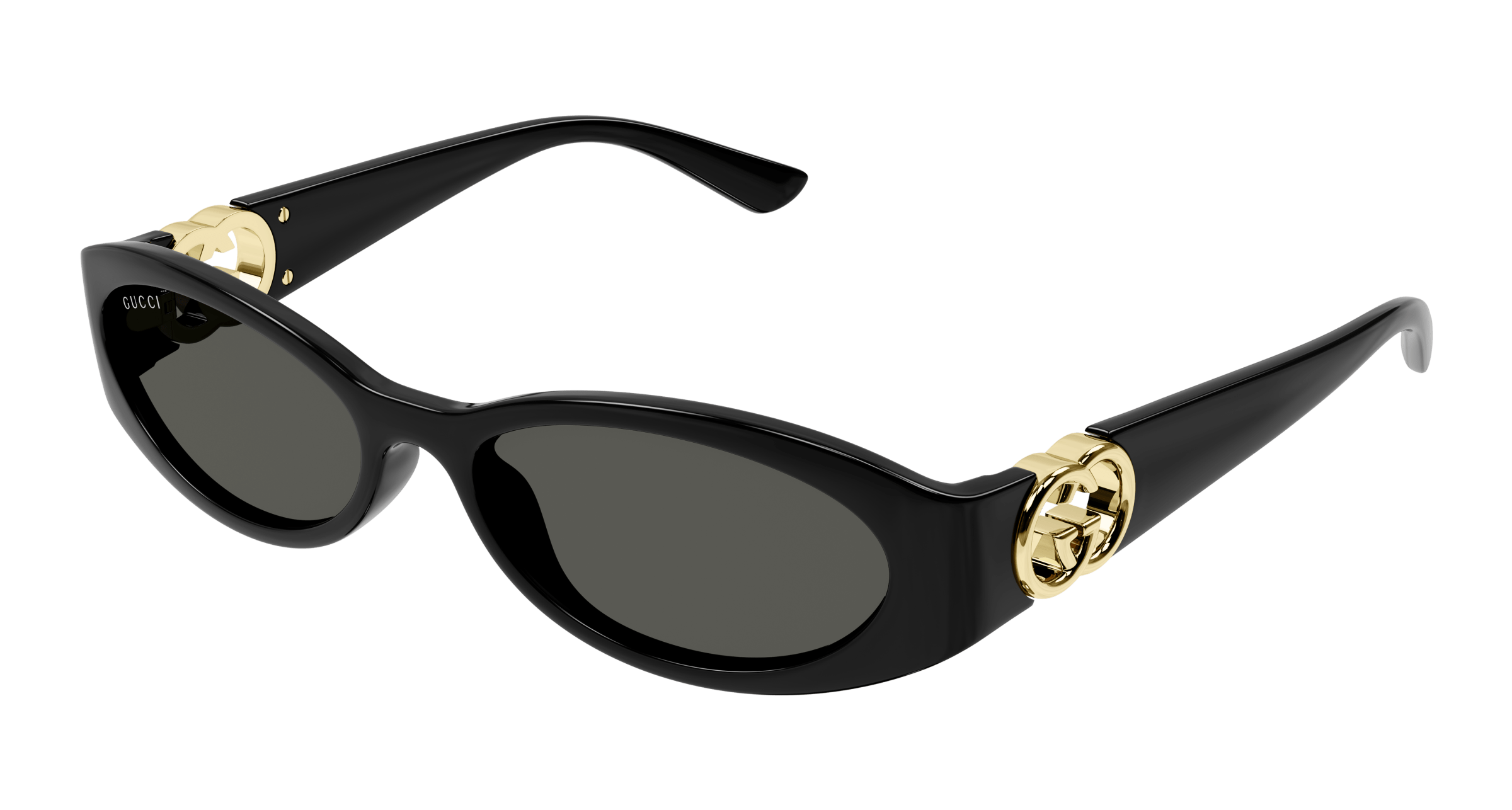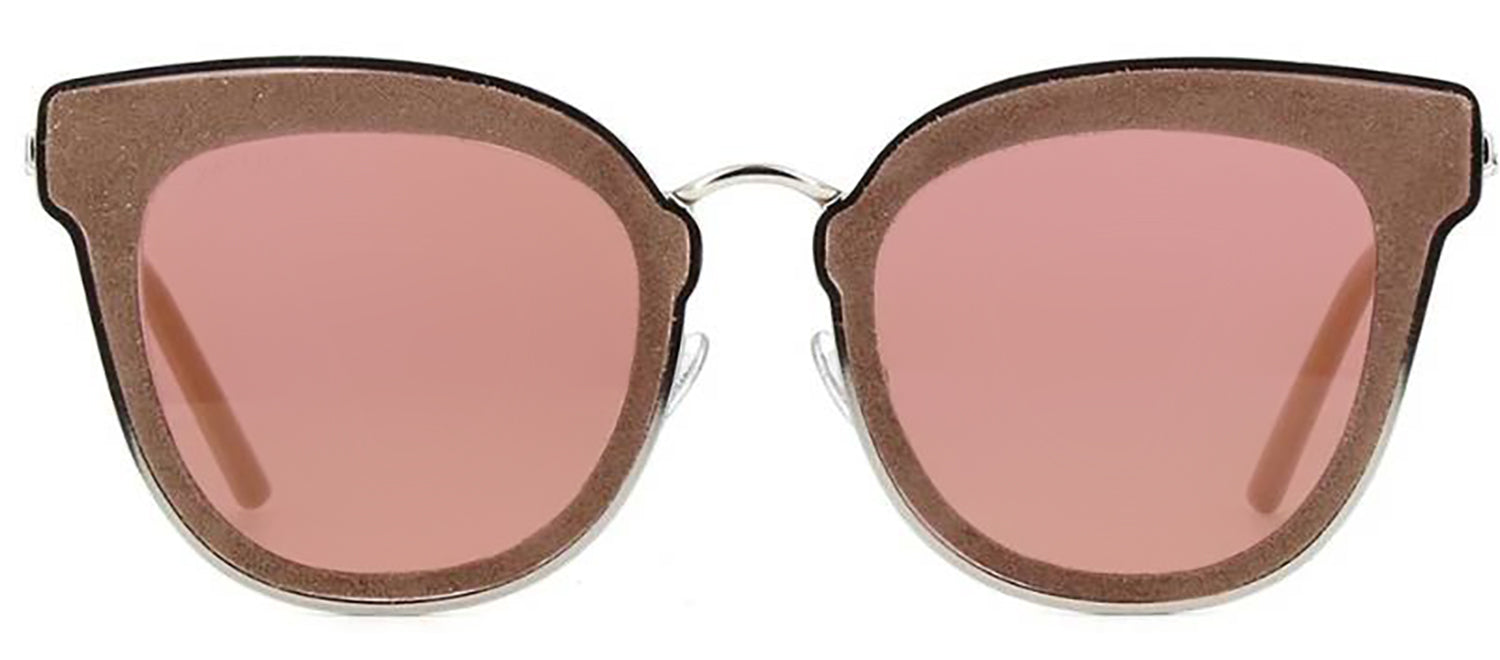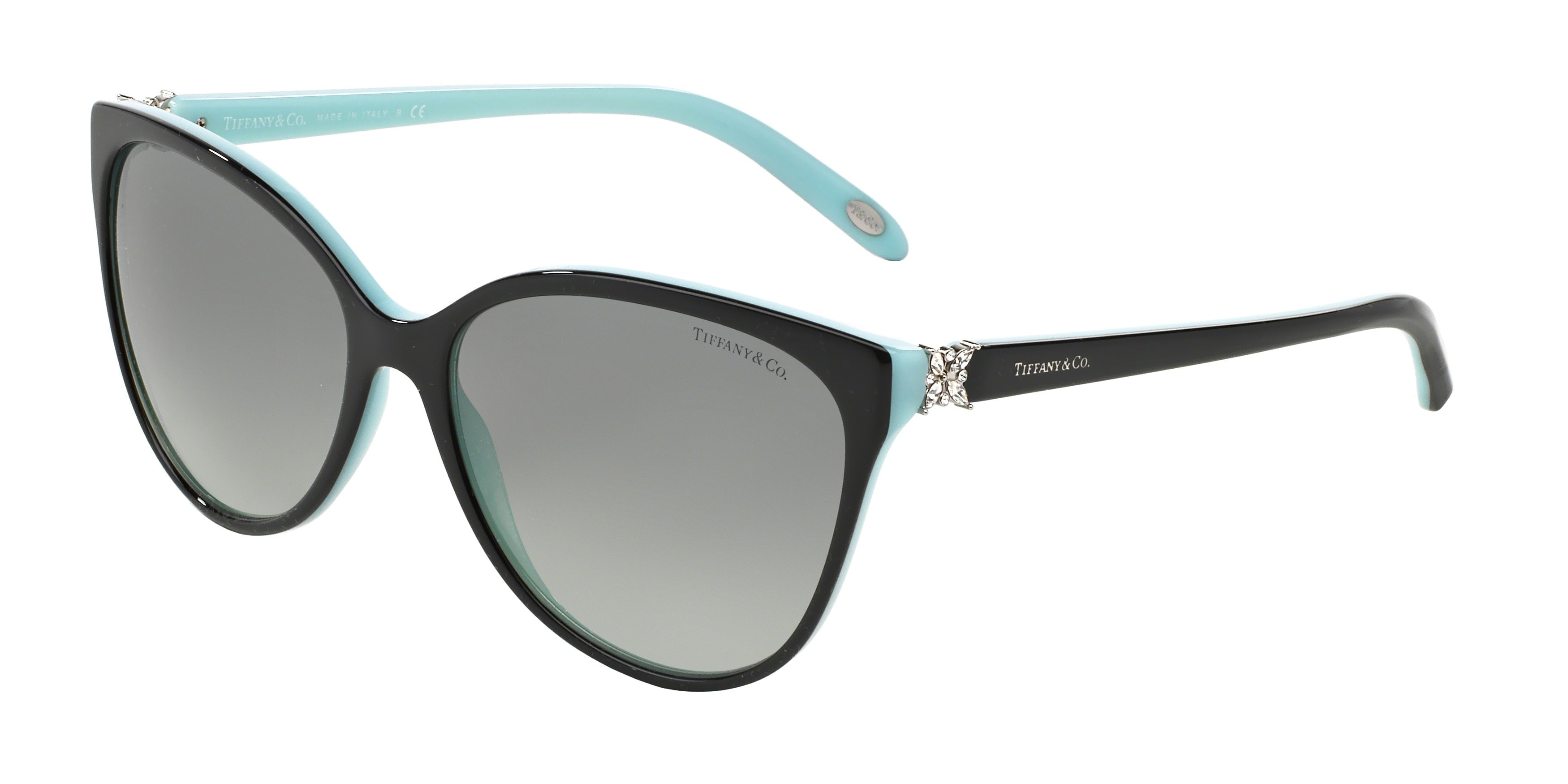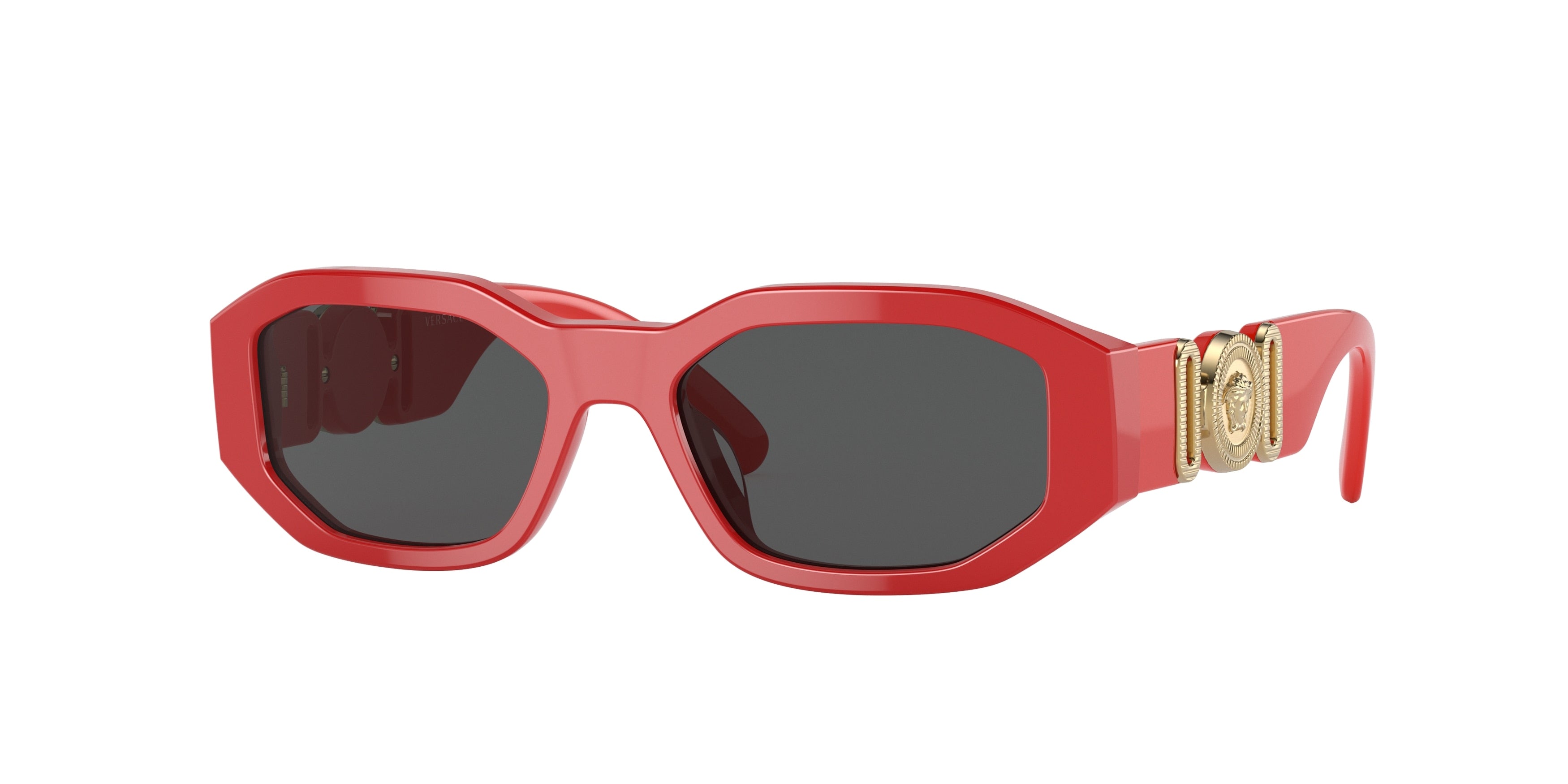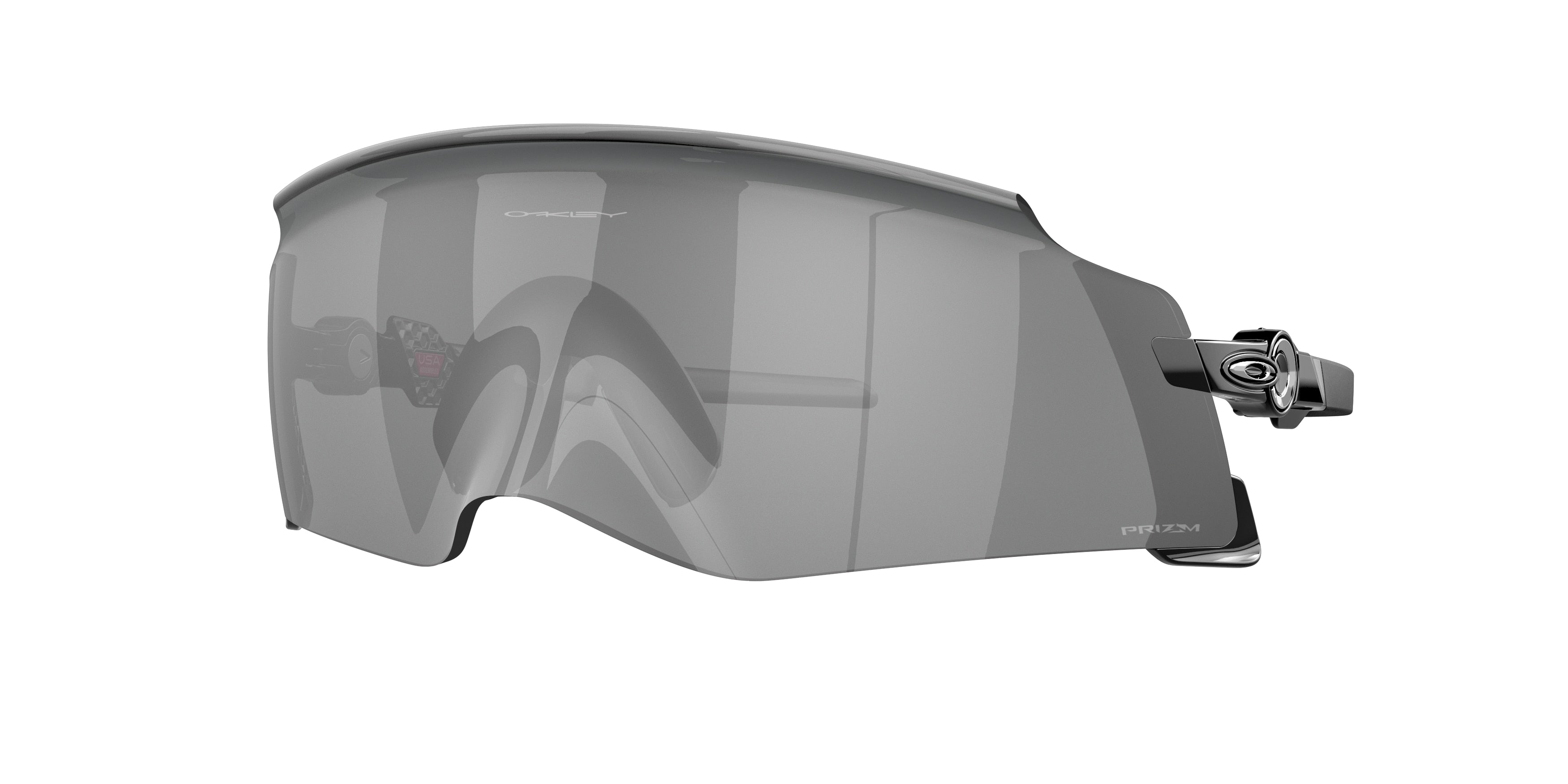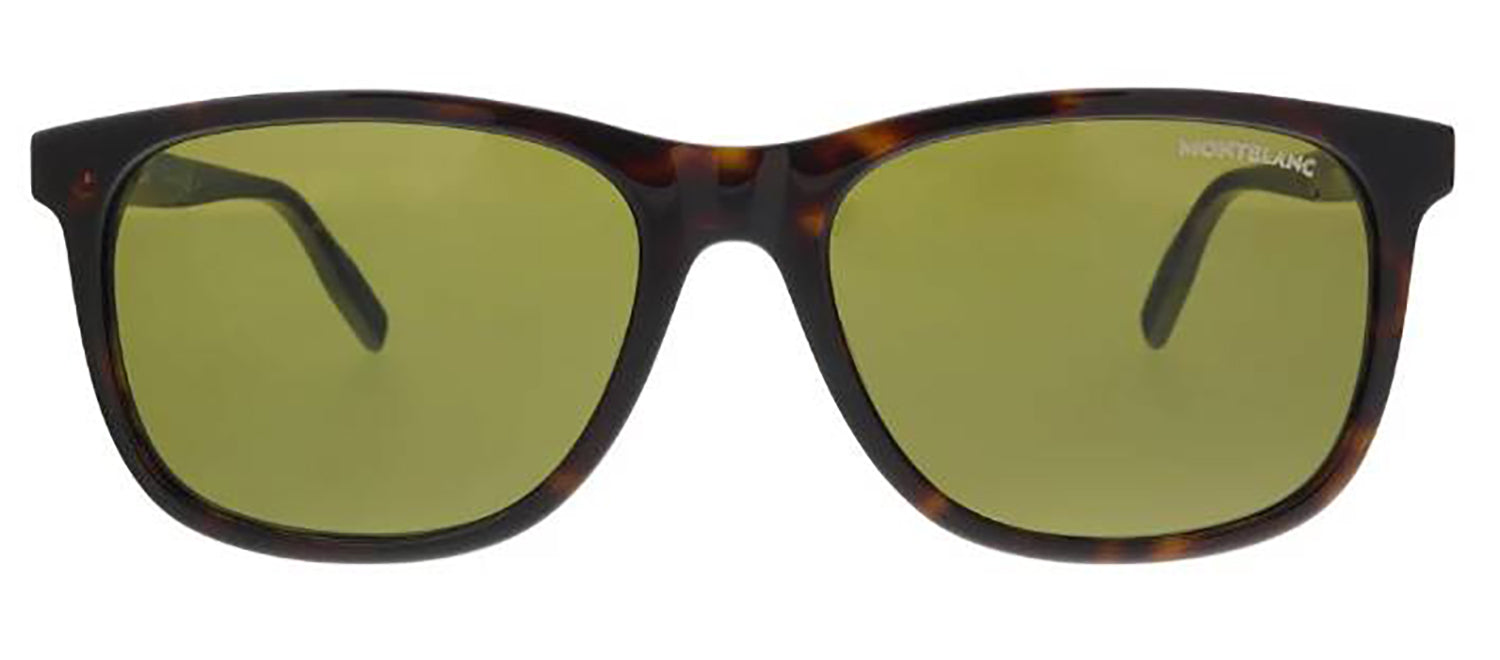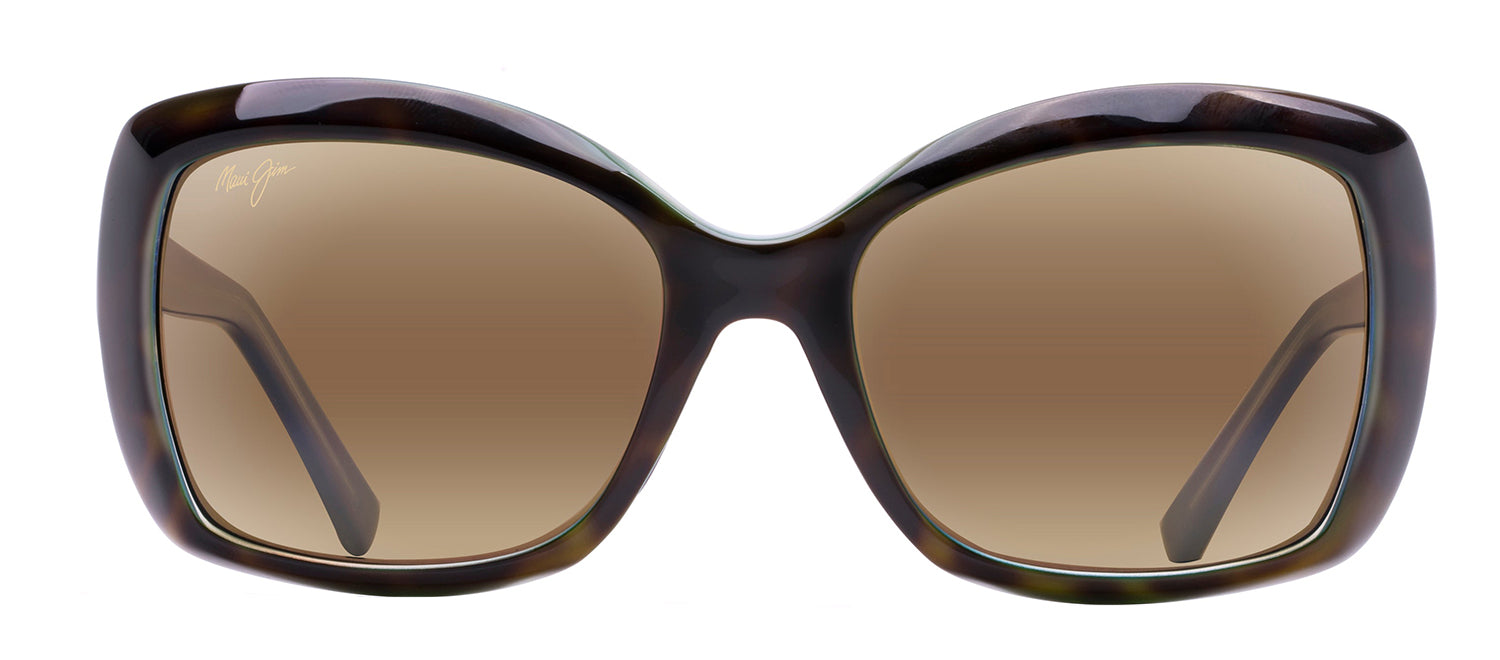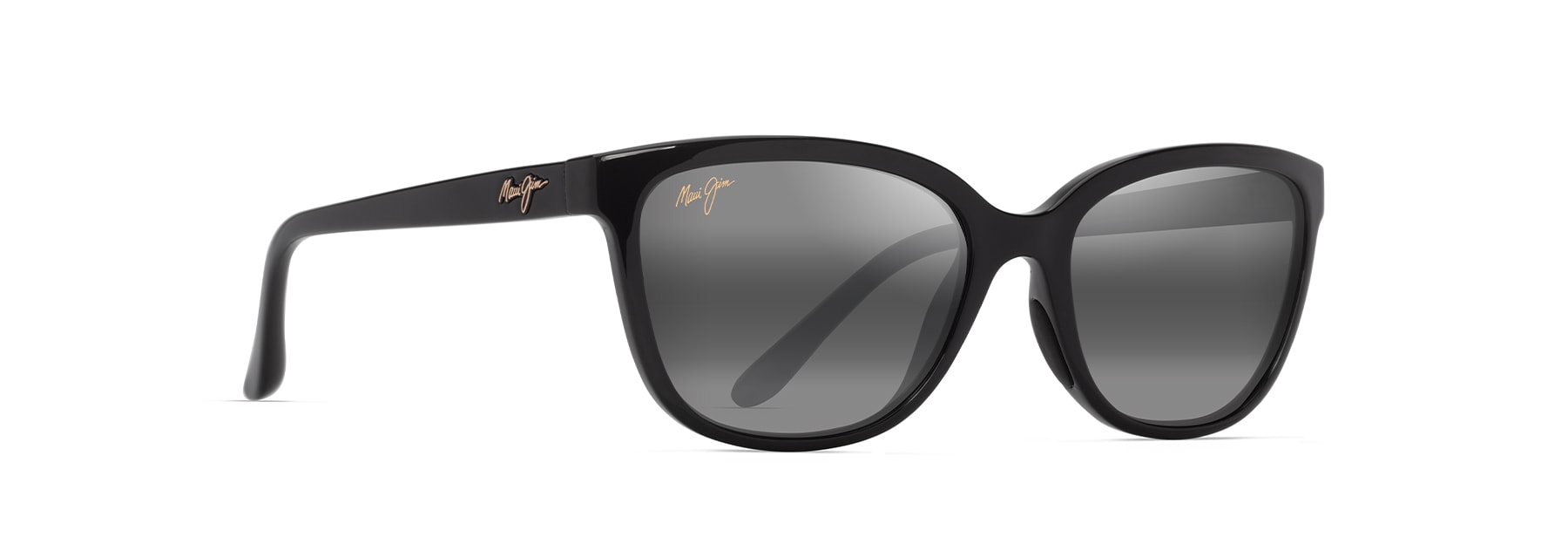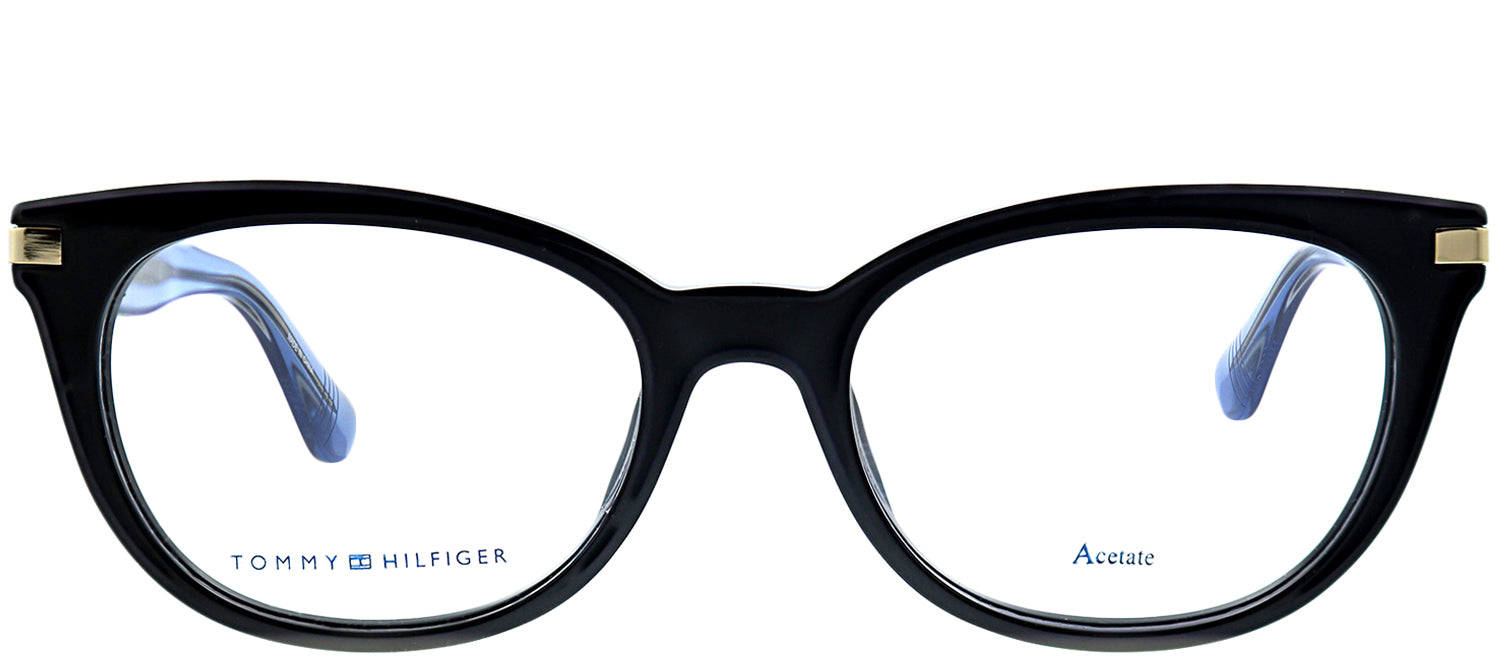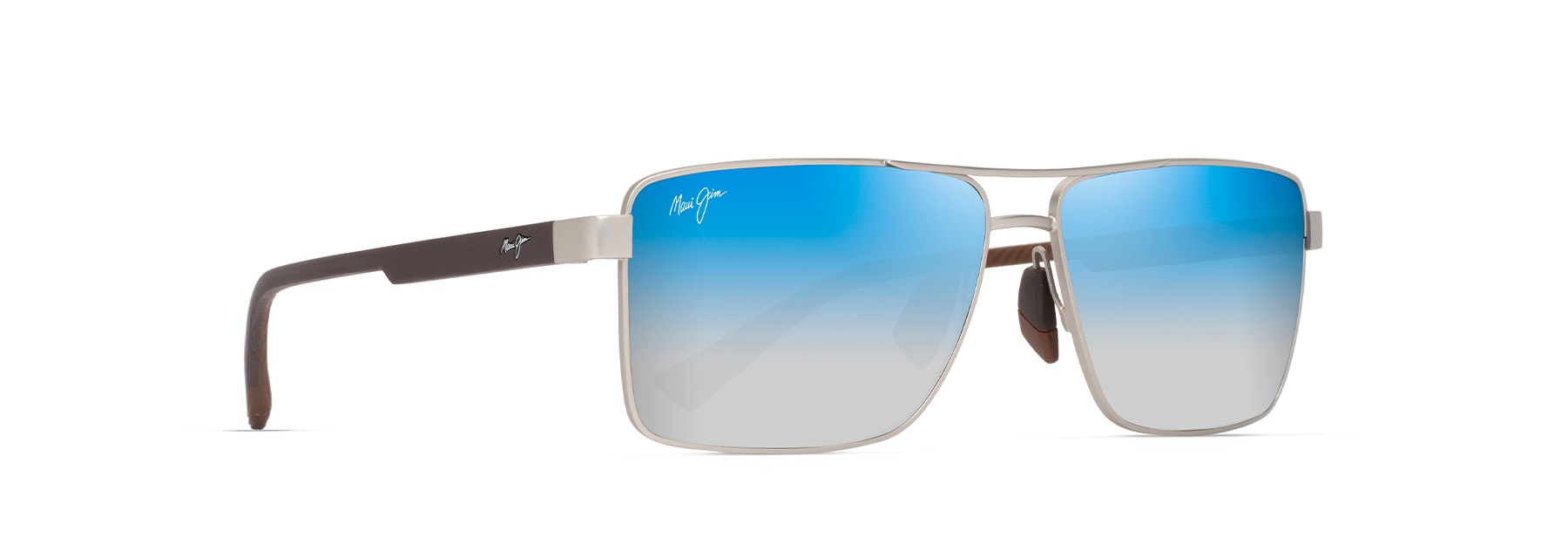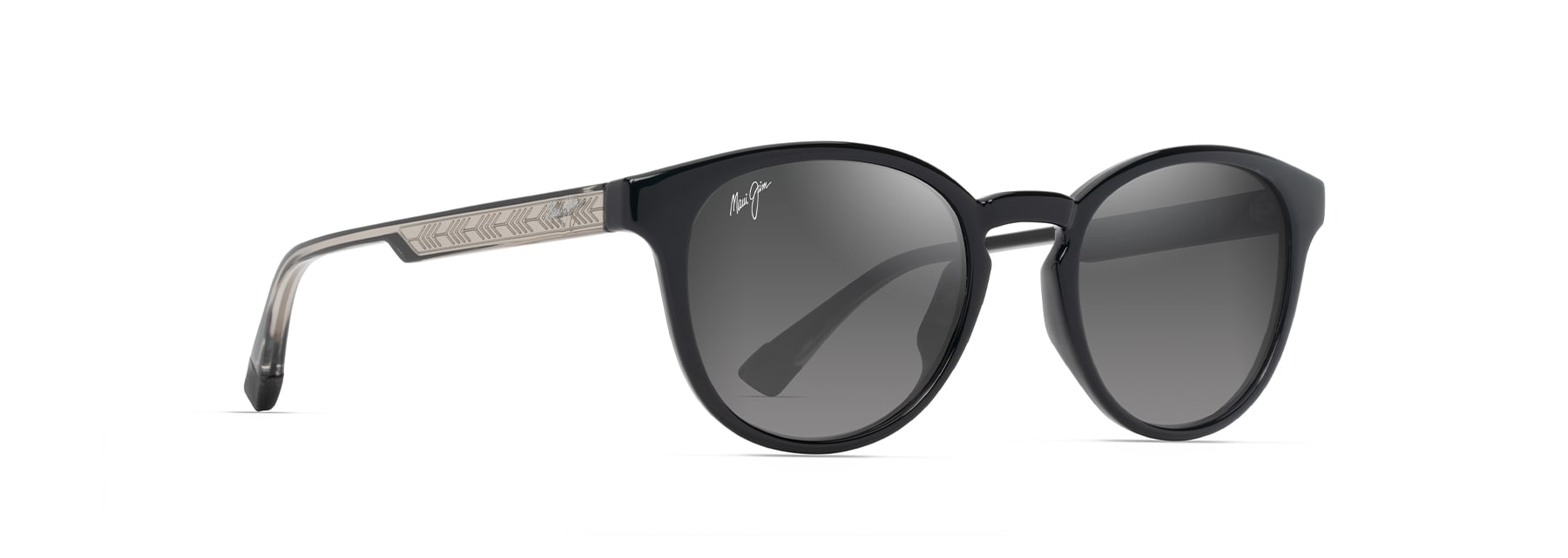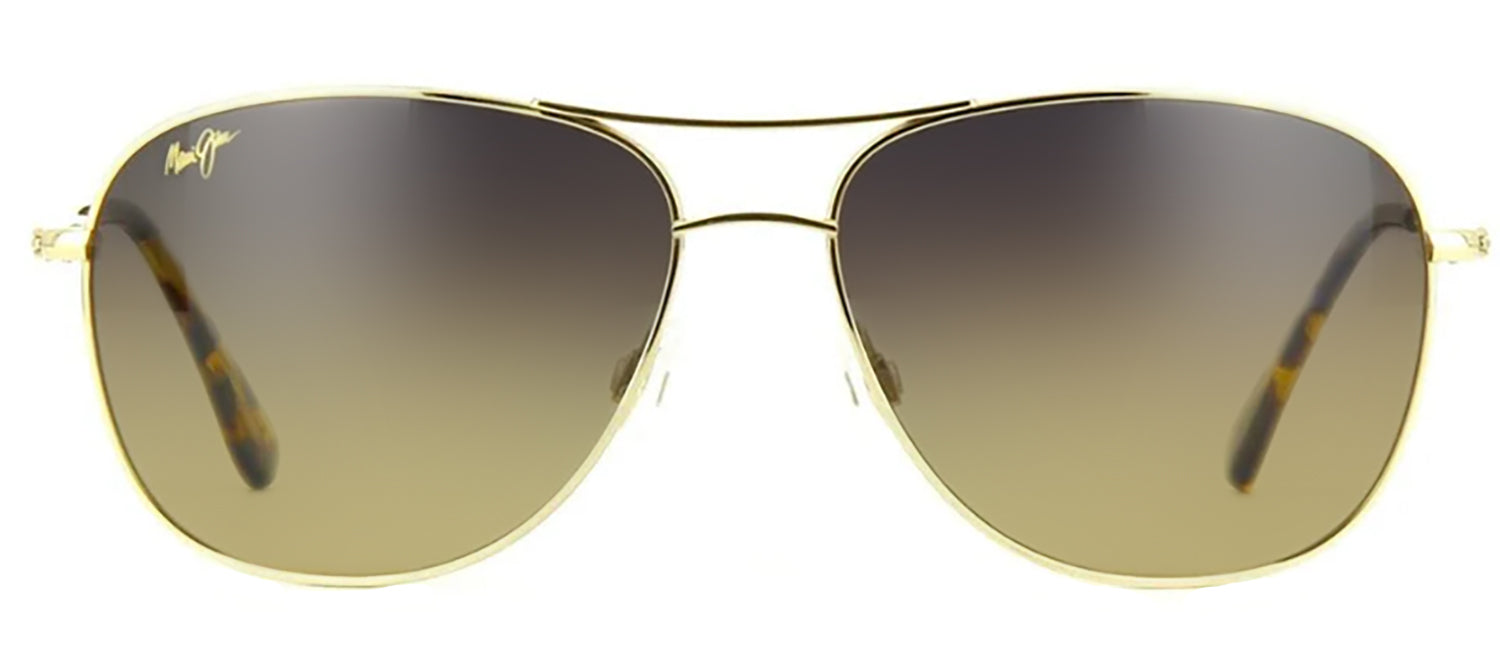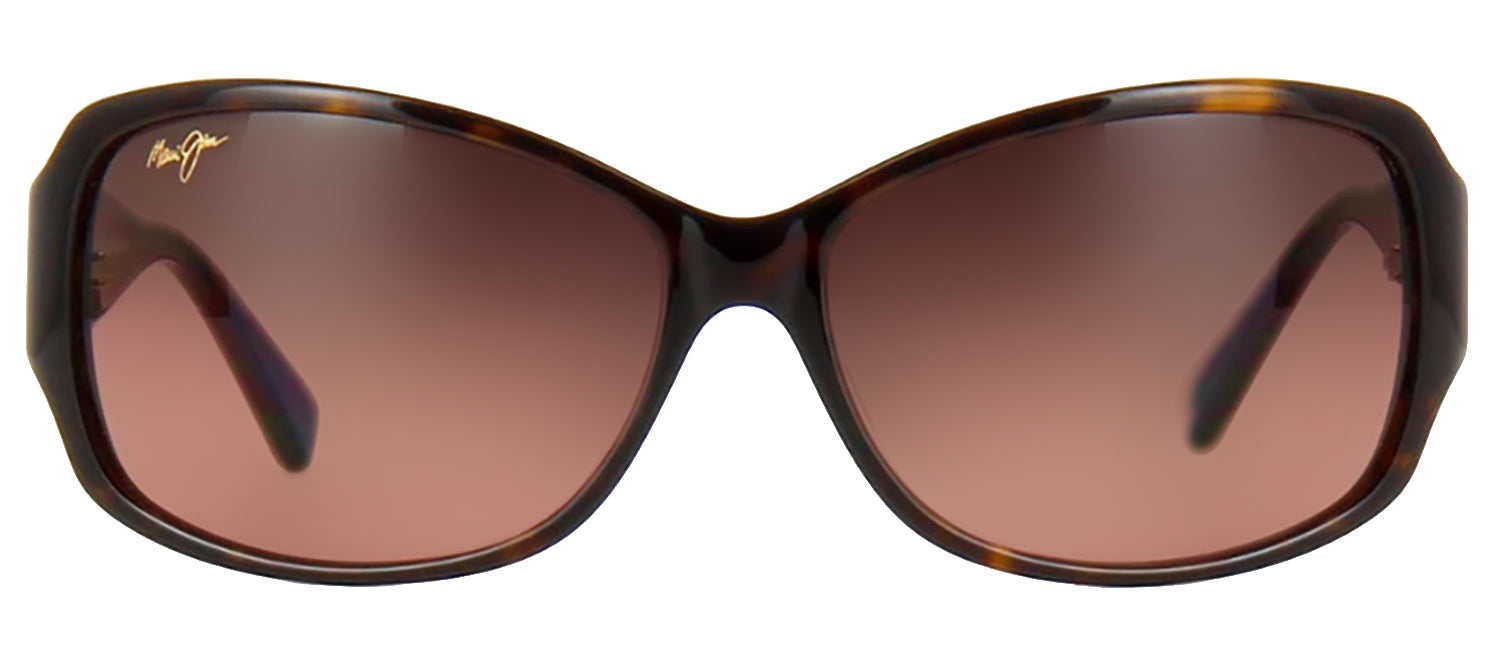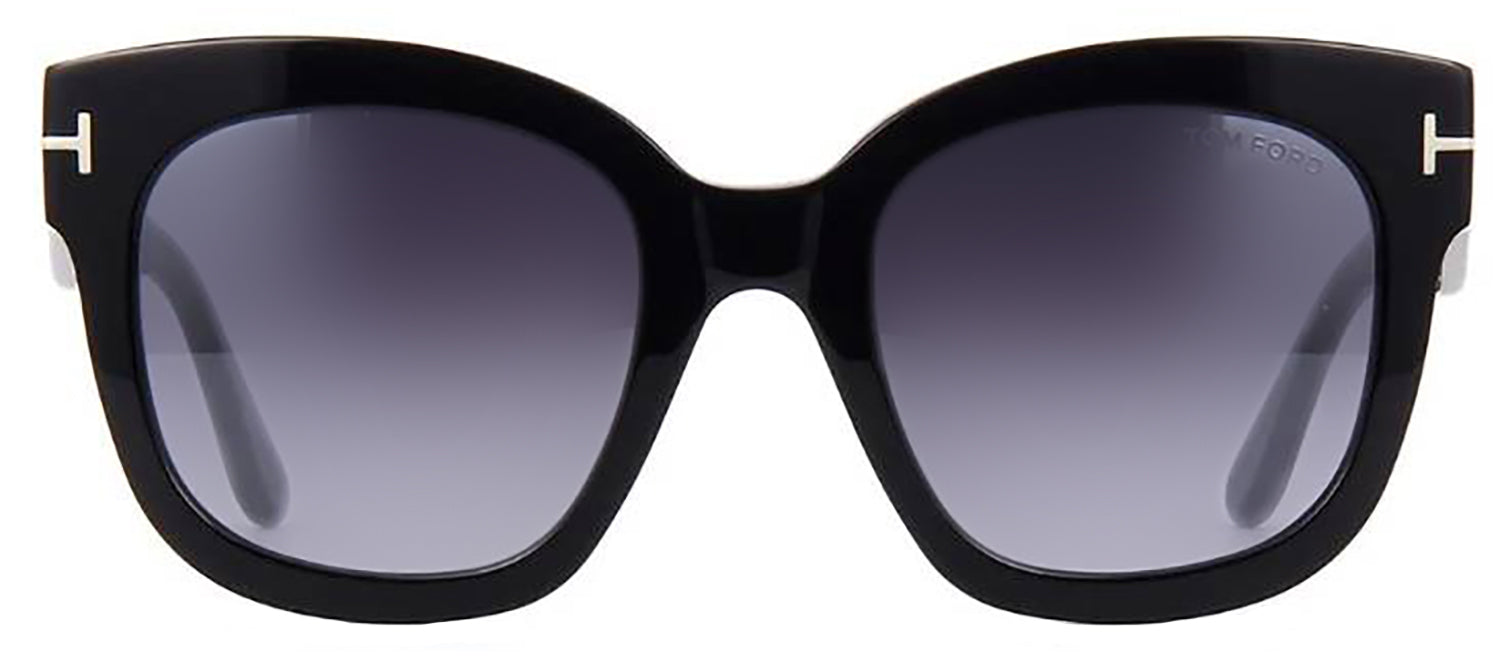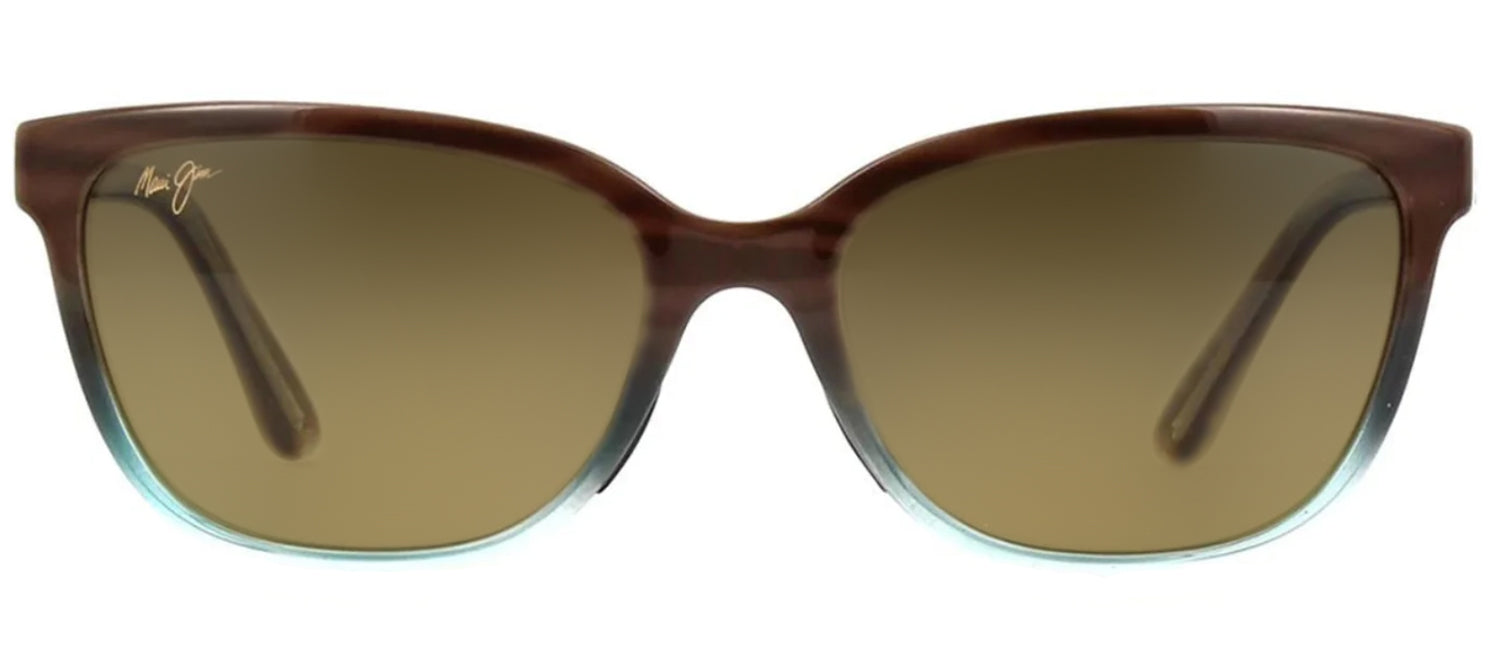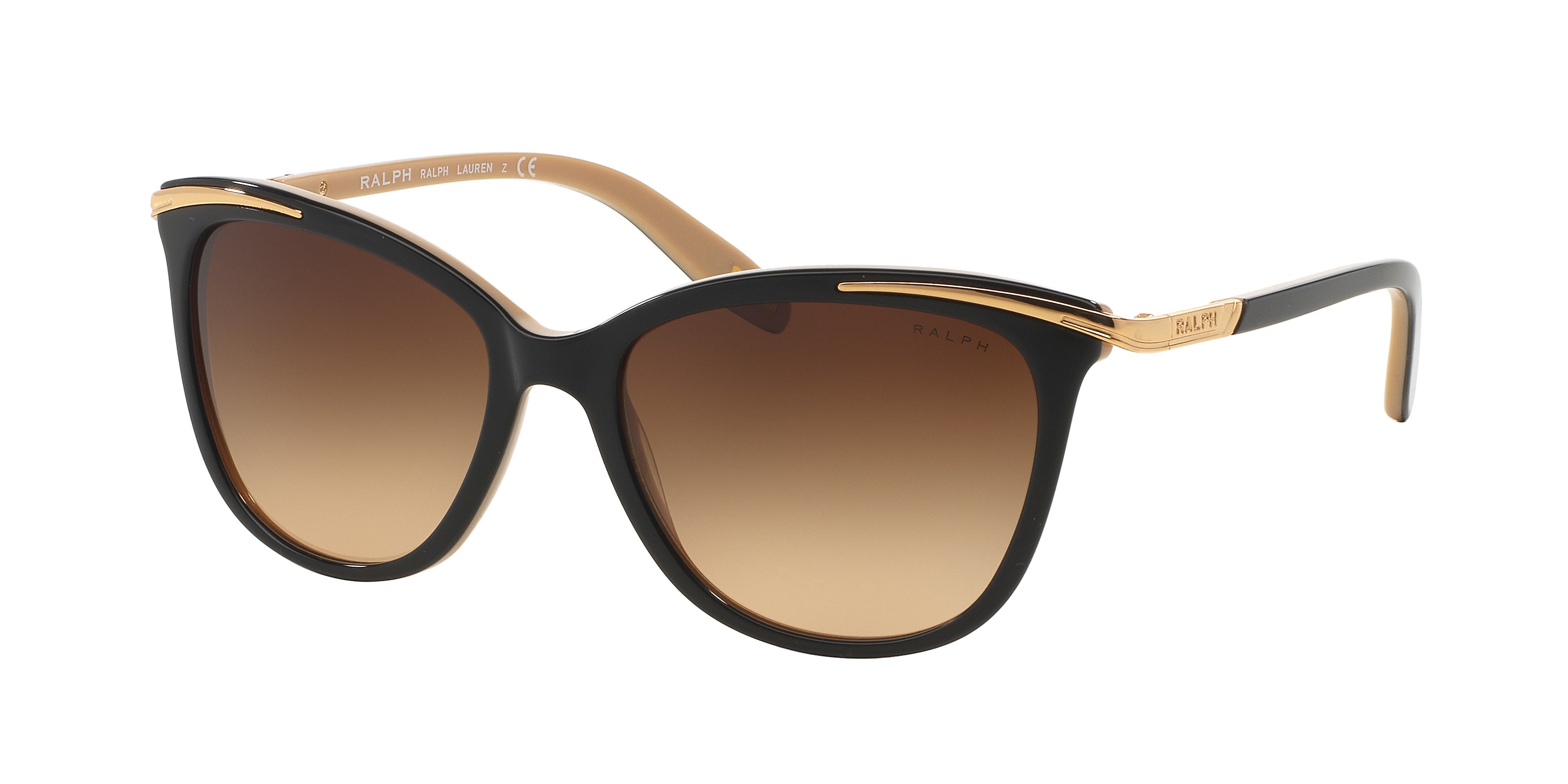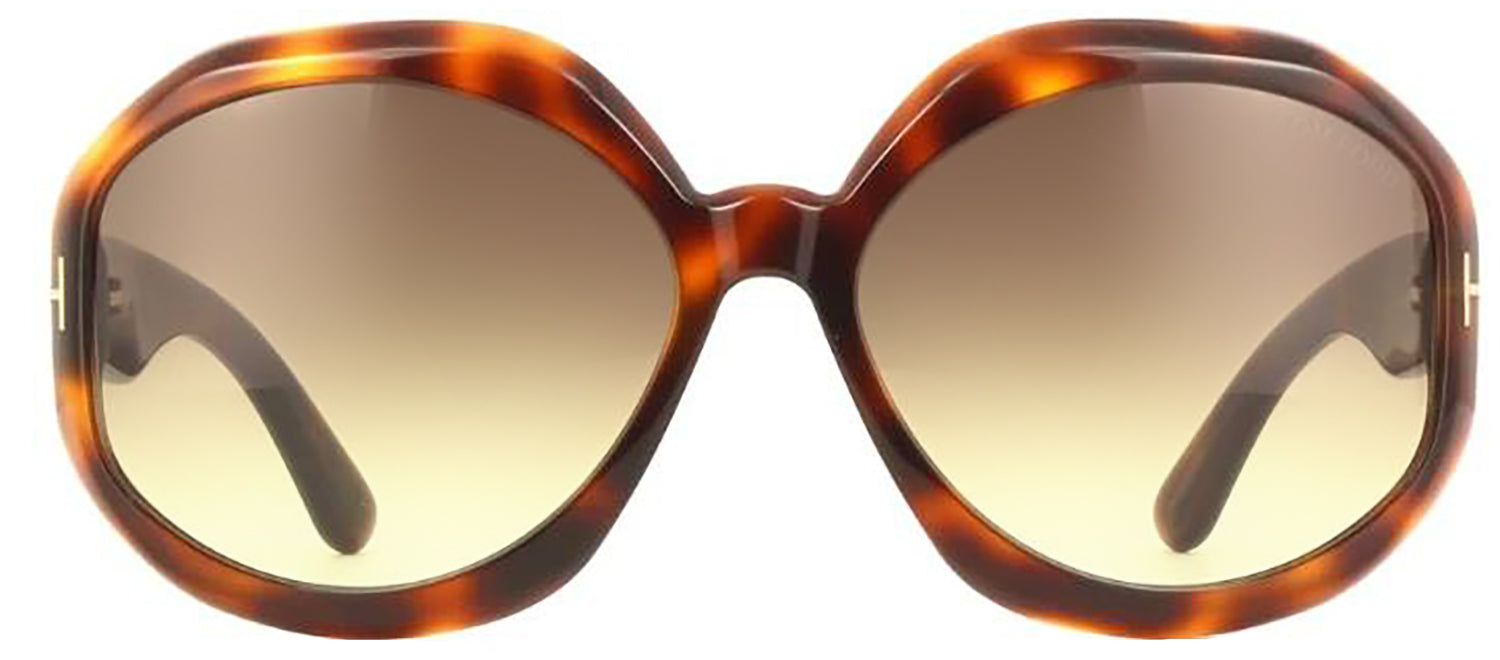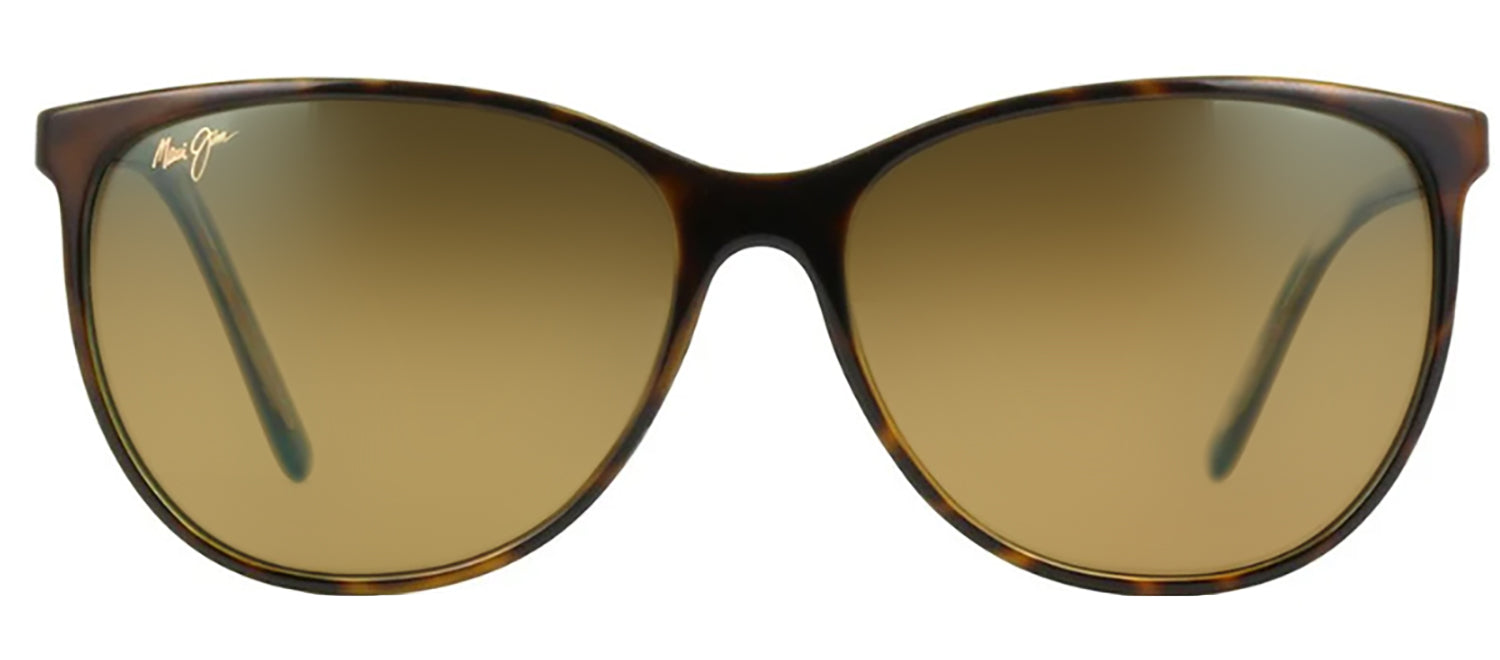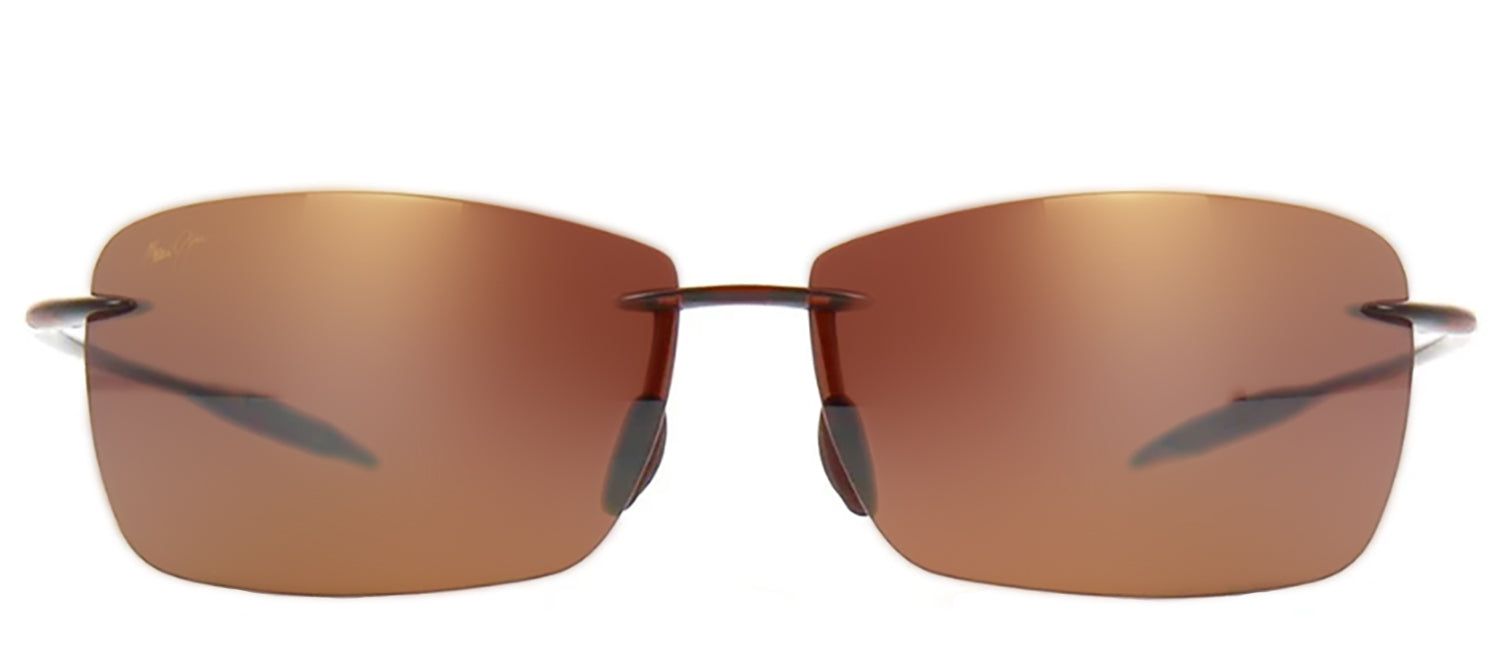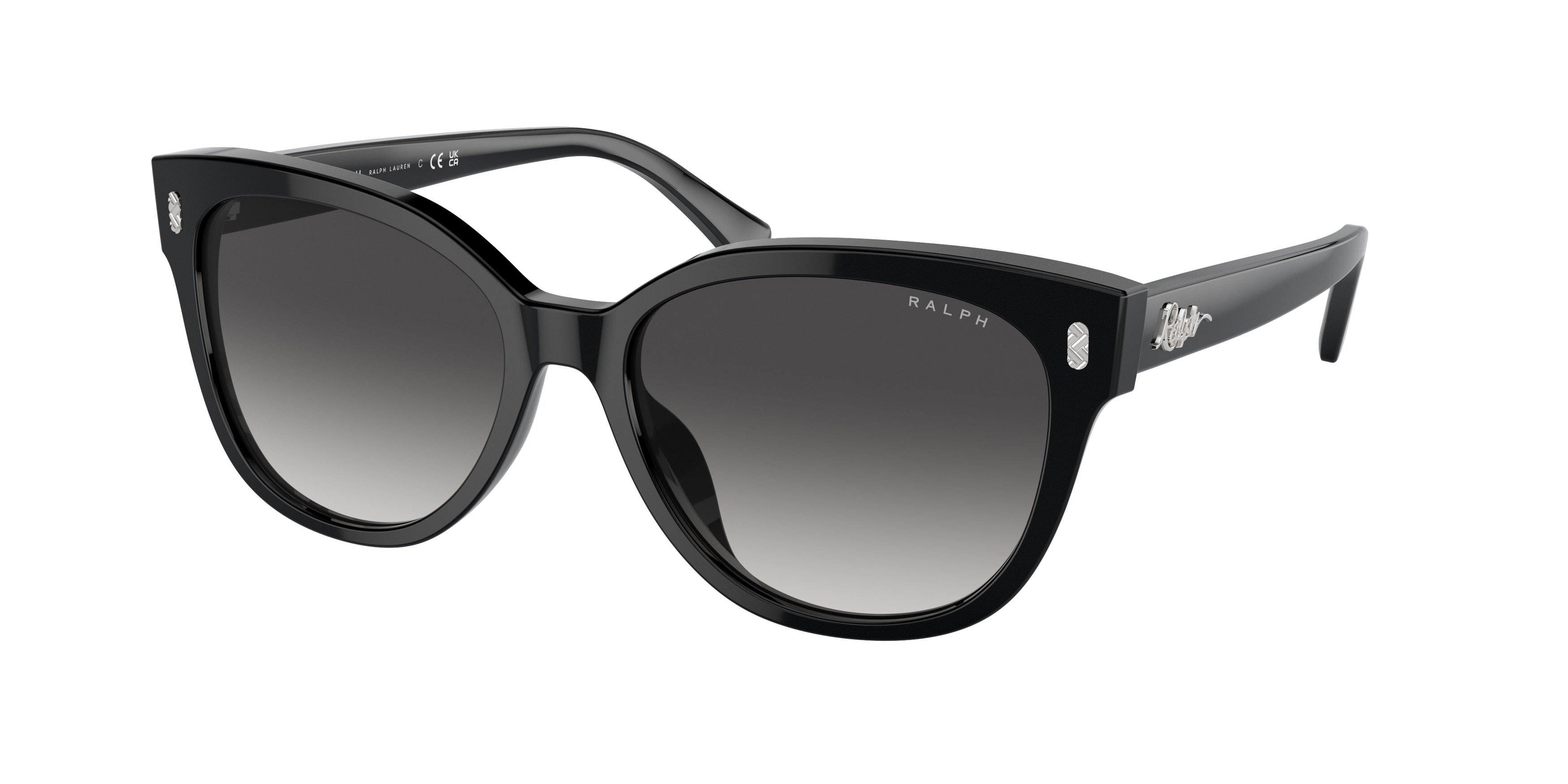From humble origins, Pierre Cartier fought in the Napoleonic wars and was captured and imprisoned in Portsmouth prison. In 1815, at the age of 28, he returned to Paris penniless and without a plan. He found work as a metal worker and married a laundress with whom he had five children. Fresh out of school, he sent his eldest son Louis-François to work as an apprentice in a jewelry workshop.
Hard work combined with Louis-François' bold decision to buy the workshop from his master at the right time while he took control of it, set the family on the path to building the Cartier empire. This is how the first family jewelry workshop was born in 1847 in the midst of dark times and with the French Revolution in progress.
Cartier, whose name is synonymous with open-mindedness and curiosity, sees beauty in everything. Creativity, freedom, sharing and excellence are all central to its values. This vision enables a creative territory that is shaped around a unique style. Cartier’s creations symbolize the fusion of exceptional savoir-faire and timelessness.
Initially known for its fine jewelry and watches, Cartier crafted its first eyewear in 1887 — custom-made, diamond-encrusted opera glasses for a French princess. For the next 96 years, Cartier’s lavish glasses were only available by special order for the most discriminating of customers.
Cartier debuted its first line of mass-produced optical glasses in 1983, featuring the same high-end materials, sophisticated details and expert craftsmanship for which the brand is known.
Cartier glasses feature refined, distinct designs for men and women, as well as a variety of unisex options. Lenses are either framed, rimmed, semi-rimless or rimless, and are available in various shapes, including oval, rectangular and cat-eye options. Many of Cartier’s collections offer options for both men and women.


